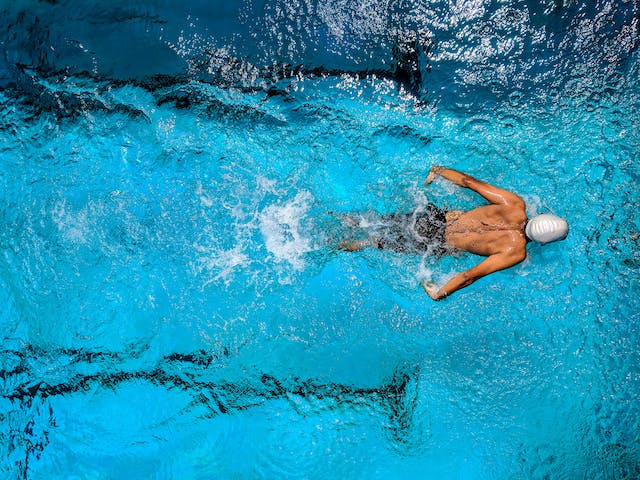A pool’s lifespan depends on how well it is maintained. Its lifespan can be increased with routine cleaning, water chemistry correction, and structural inspections. Water evaporation is the single biggest source of energy loss in a pool.
Table of Contents
Cover Up
One of the biggest factors determining your pool’s lifespan is your commitment to proper maintenance. Keeping up with a cleaning schedule, conducting regular inspections of equipment, and ensuring that the pool is properly covered all contribute to extending the lifespan of the entire system. A safety cover for the opening and closing of swimming pools Manheim PA, is the best way to keep debris for winter. These covers can even be inflated with water to avoid them bursting from the pressure of the ice.
This cover also prevents children or animals from falling into the pool. If you choose a safety cover, it’s a good idea to have a pool service company inspect and repair any damage to the cover at least once a year. Regular inspection of safety railings, lifeguard stands, and other pool areas is also important to ensure they remain safe and secure. Frequent lubrication of pumps and motors will also help extend their lifespan.
Remove Leaves
In addition to reducing the cleaning work, it reduces the risk of pool chemical and water-related problems. Having proper levels of chemicals in the first place is always a good idea, but knowing how to add them and in what order helps minimize back-and-forth chemistry issues. To help keep leaves out of your pool, consider planting tropical trees or bushes around your pool. They drop fewer leaves than a maple or oak and are much easier to rake up. You can also use one of the many “leaf bagger” attachments that attach to a garden hose and use pressure to suction and trap leaves floating in your pool.
Be sure your pool is clean and ready for winter closing before adding any shock, a winter non-metallic algaecide, and stain/scale control. A clean pool will have a longer lifespan and fewer problems once opened. A balanced pool will also be less corrosive, which protects your surfaces and equipment and minimizes staining.
Shock the Water
If your pool water has been exposed to heavy rainfall, if your Free Chlorine level is below 2.0-4.0 ppm, or if you find that your pool has become “chlorine locked,” it’s time for a shock. Chlorine shock oxidizes and destroys organic contaminants and helps keep Free Chlorine and Total Chlorine at the ideal levels for proper sanitization. Many types of chlorine pool shock are available, but we recommend a quick-dissolving calcium hypochlorite variety (also known as cal-hypo) for most pools. This form of pool shock is ideal for most pools and a great way to rebalance your water chemistry quickly.
It’s best to use chlorine-based pool shock at night after the sun has gone down. Unstabilized chlorine can be reduced in effectiveness by the sun’s UV rays. Also, the chlorine can irritate your eyes and lungs if you enter the water too soon after adding pool shock.
Add Winter Algaecide
Apply a quality winter algaecide to your pool before you close it for the winter to stop algae growth. A quart of this simple and inexpensive pool chemical is sufficient to treat your entire pool for the winter, but you must use it after cleaning the pool and shocking the water. Use a pool pump to disperse the chems before wearing your winter cover. The best winter algaecide is a polyquat algaecide. This product isn’t copper-based and doesn’t stain. It’s also stable in cold temperatures and can withstand fluctuations in pH levels.
Some people like to add an oxidizer, such as a non-chlorine shock, at this time. These products starve algae by removing its food source. However, you don’t need an oxidizer if you’ve already shocked the water and added an algaecide during your preparation.
